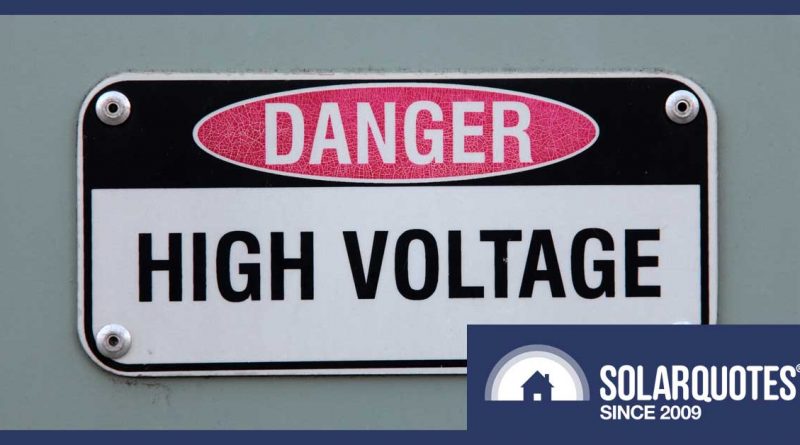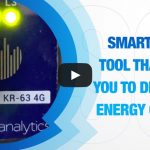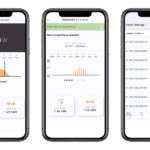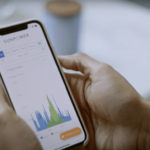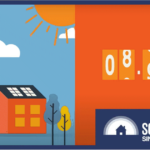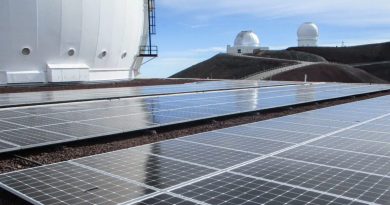How Monitoring Solved A Savvy Solar Owner’s High Voltage Problem
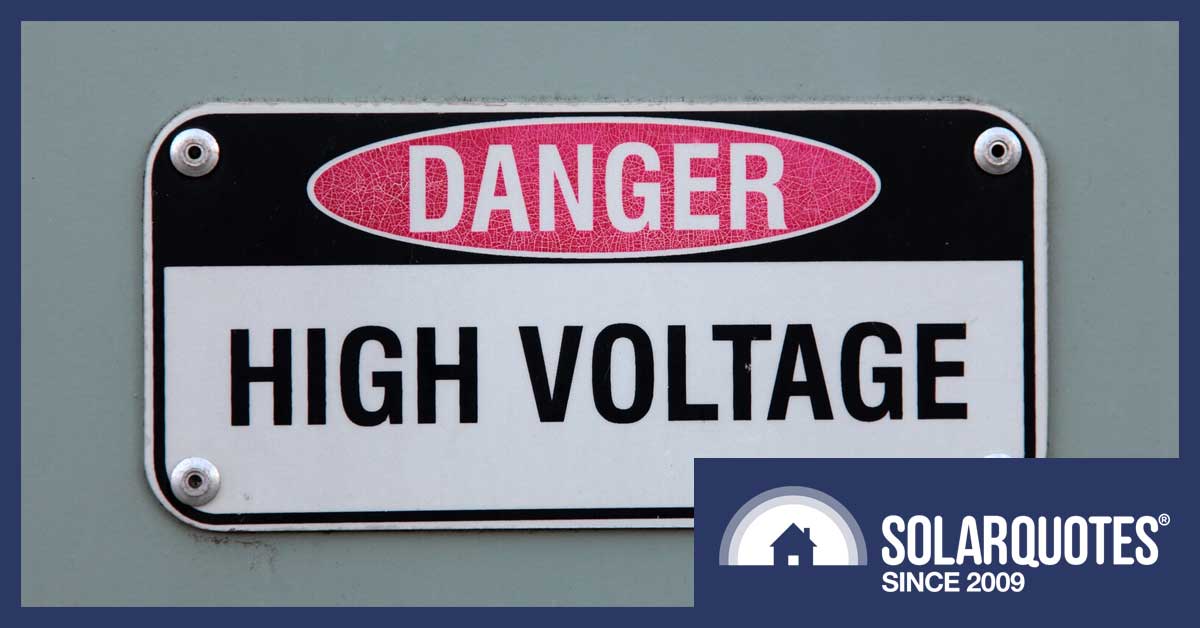
Good solar monitoring has a long list of benefits. Now we can add ‘solving high voltage problems’ to that list.
The phrase “the power of data” is already a cliche, but only because it’s true. This week, we recount the story of how Solar Analytics’ R&D head Jonathon Dore used his company’s monitoring data to dramatically reduce curtailment of output from the solar power system at his Blue Mountains home.
Dore’s experience came to our attention when he Tweeted his comment on an ABC story about curtailment:
The ABC was discussing a UNSW research project for the Energy Security Board we covered in July, which found that the impact of solar PV on low voltage network voltages is far less than the networks’ operational decision to tolerate higher voltages.
In the ABC story, Andrew Dillon of Energy Networks Australia emphasised the need for more data – and that’s where Dore’s experience comes in.
Dore installed his solar power system in October 2018 and given his role at Solar Analytics, he made sure he had good solar monitoring from the start.
“I could see fairly quickly I was getting curtailed,” Dore said.
Being installed to post-2015 standards, his solar system supports curtailment rather than simple cut-off, which made the impact less obvious than if his exports dropped to zero. But his monitoring system presents a daily summary of what it would expect to export versus what was measured and he could also see the impact of his own consumption on exports.
“If I turned on the air conditioner, the power output from the PV went up, because the aircon took the voltage down”, Dore explained.
“And with Solar Analytics data, we could see the grid voltage rising to over 250V.”
In spite of his contacts within distributed network service providers (DNSPs), Dore decided to follow up the issue the same way any other Endeavour Energy customer would.
“I wanted to go through the customer experience, so I went on the on the website, hit ‘general inquiries’, and filed my query, saying I could see the voltage was high on all three phases.”
To his surprise, Endeavour got back to him the same day, and in the afternoon a technician arrived to tap down the transformer on the two phases with the highest voltage.
The technician explained that the provider was taking the voltage down not to support Dore’s solar system, but for the safety of customers’ appliances.
With the distribution network 5V lower than it had been, Dore said:
“the system is back to its full output, and the expected-to-measured export ration on the Solar Analytics dashboard was back up to 100 per cent”.
With his R&D hat on, Dore believes this application for Solar Analytics data will become increasingly common. He said at the moment solar monitoring data is used mostly by installers, because they have the skills to use the data.
The export expected-versus-measured report lets the system owner or retailer take the data to their DNSP and get them to fix issues.
“Mostly, DNSPs re pretty good when they find out about overvoltage – the problem is, they don’t usually find out about it.”
He said the networks are caught in a Catch-22 situation: they have standards, and if someone comes to them with data about overvoltage, they’re obliged to fix it. However, they don’t have enough people to fix every distribution transformer all at once.
“Back in the old days, the DNSPs were the enemy – now, they have good people, but they’re trying to do a big job.”
The other problem is simply money: networks don’t believe customers would be willing to pay for ubiquitous collection of and access to LV network data.
“We have been working on an automated detection algorithm to detect this issue more cleanly, and let people know what’s going on,” Dore said.
What Solar Analytics can see is most systems are fine – it’s just a few that are taking a “massive chunk” out of homeowners’ production.
And the system that’s curtailed might just be yours.
Original Source: https://www.solarquotes.com.au/blog/solar-monitoring-high-voltage/

